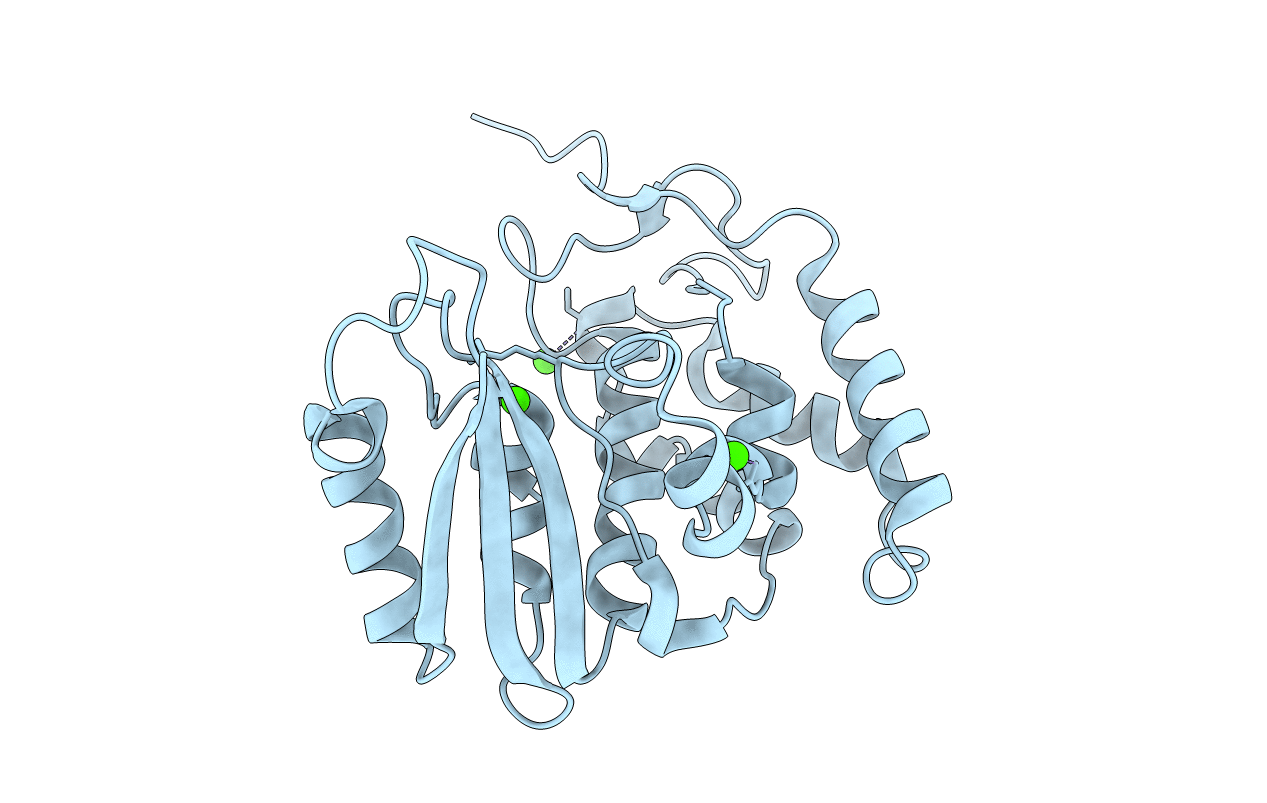
Deposition Date
2008-11-07
Release Date
2008-11-18
Last Version Date
2024-10-09
Entry Detail
PDB ID:
3F6Y
Keywords:
Title:
Conformational Closure of the Catalytic Site of Human CD38 Induced by Calcium
Biological Source:
Source Organism:
Homo sapiens (Taxon ID: 9606)
Host Organism:
Method Details:
Experimental Method:
Resolution:
1.45 Å
R-Value Free:
0.18
R-Value Work:
0.14
R-Value Observed:
0.14
Space Group:
C 1 2 1


